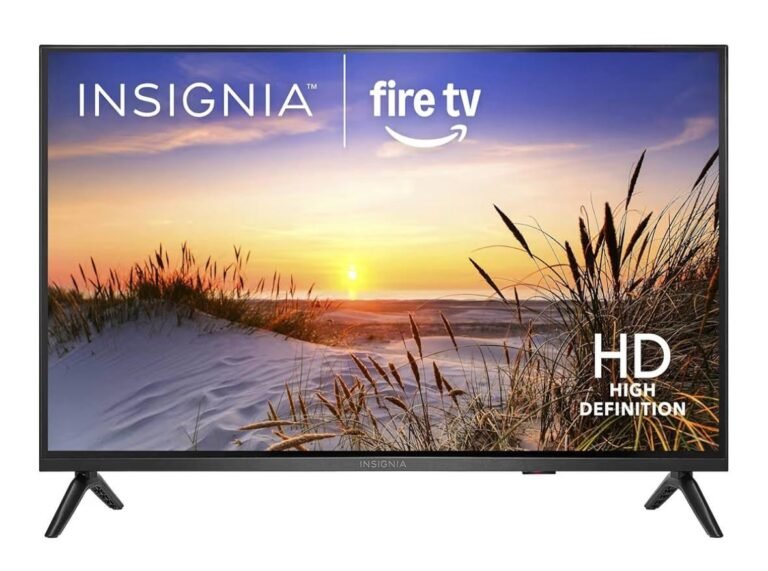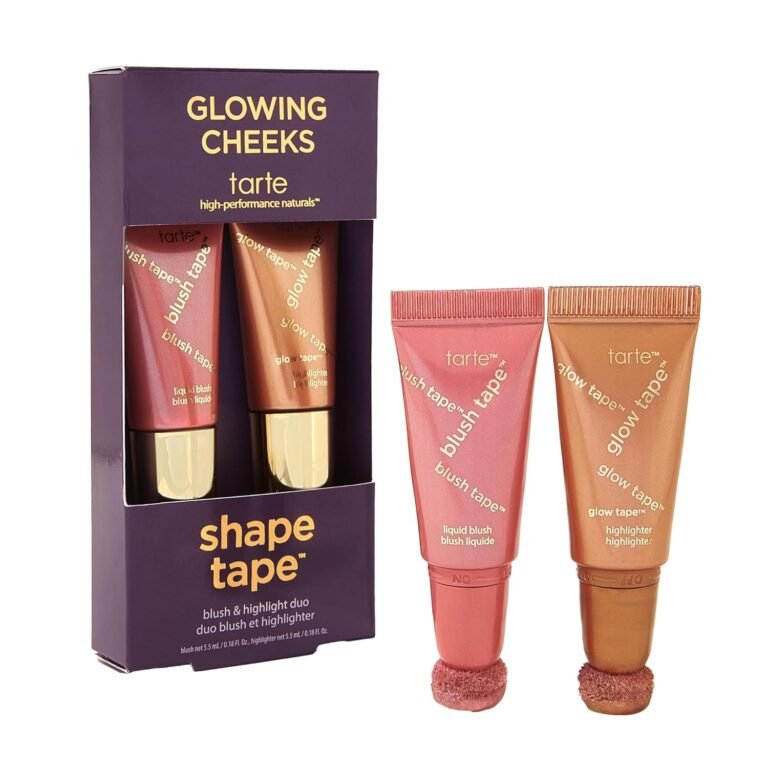In today’s consumer-driven world, it’s easy to get caught up in the cycle of constant buying and accumulating. However, a growing movement toward mindful spending encourages us to pause, reflect, and choose how we spend our money in ways that align with our values and life goals. Learning how to buy less and live more isn’t just about saving money — it’s about cultivating a richer, more meaningful life by focusing on what truly matters.
In this article, we’ll explore practical strategies to embrace mindful spending, helping you break free from impulse purchases and material clutter, while enhancing your overall well-being.
Mindful spending is the practice of consciously considering your purchases, understanding their impact, and making deliberate choices that support your values, priorities, and financial health. It encourages awareness over impulse and helps you focus on quality, necessity, and long-term satisfaction rather than short-term gratification.
Buying less doesn’t mean depriving yourself. Instead, it’s about shifting your mindset to appreciate experiences, relationships, and personal growth over material possessions. The benefits include:
? Financial freedom: Less spending means more savings and less debt.
? Reduced stress: Clutter and excessive consumerism can create anxiety.
? Environmental impact: Buying less reduces waste and conserves resources.
? Greater happiness: Studies show experiences and meaningful moments contribute more to lasting happiness than material goods.
1. Practice Intentional Budgeting
Start by creating a budget that reflects your priorities and values. Allocate money intentionally to essentials and meaningful experiences rather than impulse buys.
Tips:
? Track your spending to identify patterns.
? Set specific savings goals.
? Include a small “fun fund” to avoid feeling deprived.
2. Differentiate Wants from Needs
Before making a purchase, ask yourself:
? Do I really need this item, or is it a want?
? How will it add value to my life?
? Can I borrow, rent, or find a cheaper alternative?
This pause creates space to make wiser decisions and avoid mindless shopping.
3. Embrace Quality Over Quantity
Buying fewer, higher-quality items often leads to better satisfaction and longevity.
? Invest in durable clothing or appliances.
? Choose timeless styles over fast fashion.
? Research products to find the best value.
This approach reduces waste and saves money in the long run.
4. Declutter and Appreciate What You Have
Simplifying your space helps you realize you don’t need more stuff to feel fulfilled.
? Regularly declutter to remove items you no longer use.
? Practice gratitude for your belongings.
? Avoid the “retail therapy” trap by finding joy in non-material things.
Experiences create lasting memories and happiness.
? Spend on travel, hobbies, or learning new skills.
? Prioritize social activities with friends and family.
? Consider free or low-cost community events.
Create rules to curb unnecessary spending:
? Implement a 24-hour rule before purchases.
? Limit exposure to advertising and online shopping.
? Use cash instead of cards to physically see money spent.
7. Cultivate Mindful Shopping Habits
? Make shopping lists and stick to them.
? Avoid shopping when stressed or bored.
? Reflect on past purchases to identify what truly brought satisfaction.
FAQs About Mindful Spending and Buying Less
Q1: How can I start practicing mindful spending if I’m used to impulse buying?
Begin by tracking your expenses and pausing before every purchase. Ask yourself if the item aligns with your values and needs.
Q2: Will buying less mean missing out on fun or enjoyment?
Not at all. Mindful spending encourages investing in meaningful experiences and items that truly enrich your life.
Q3: How does mindful spending affect my financial health?
It helps reduce unnecessary expenses, increase savings, and avoid debt, leading to improved financial stability.
Q4: Can mindful spending help reduce environmental impact?
Yes! Buying less reduces waste, lowers demand for resource-intensive production, and supports sustainable consumption.
Q5: How do I handle social pressure to spend on trends or gifts?
Set personal boundaries, communicate your values openly, and focus on thoughtful giving rather than quantity.
Mindful spending is a powerful tool for reclaiming control over your finances and your life. By choosing to buy less and live more, you create space for what truly matters — meaningful experiences, genuine relationships, and personal growth.
Start small, stay consistent, and watch how shifting your mindset can transform your happiness and financial well-being.










